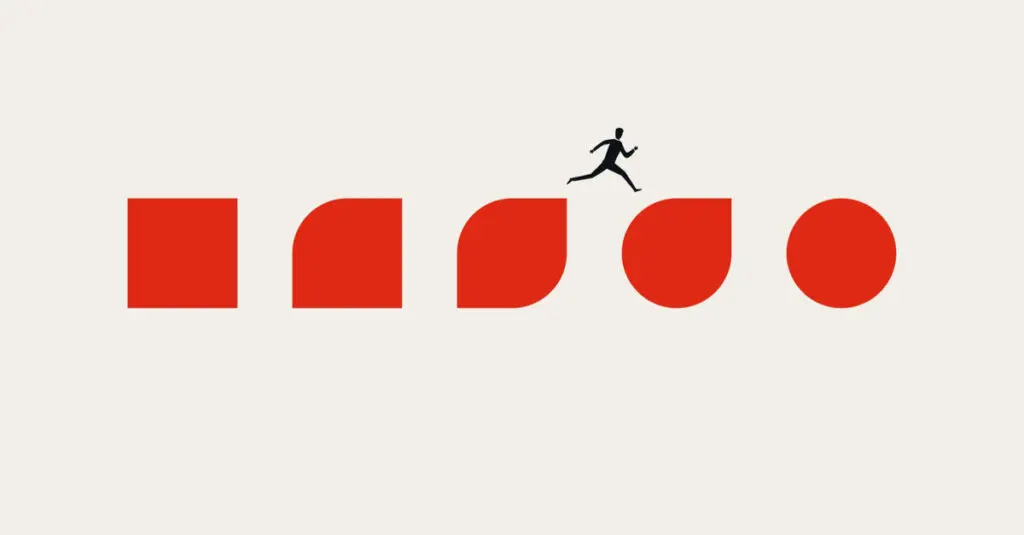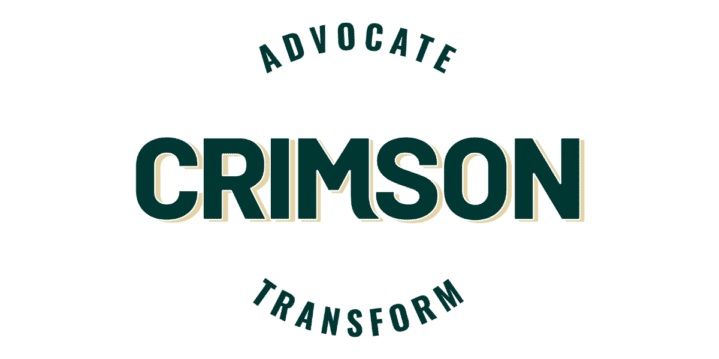
Humanity has been trying to make its mark and differentiate one thing from another since the dawn of civilization. The English word brand originates from the old Norse word brandr – to burn. In fact, there’s evidence of livestock branding in ancient Egyptian tomb paintings dating back nearly 3,000 years. While that form of branding may have been used to identify ownership it also served to tell people exactly what herders and ranchers raised and sold various qualities and quantities of meats.
There’s evidence of branded signage being used in the marketplaces of the Chinese Zhou Dynasty and in preserved writings in the Roman ruins of Pompeii. Merchants throughout the ancient and medieval eras, utilized drawings and paintings to identify their wares to largely illiterate customers. Moving on through time, town criers in any era could be utilized to announce new goods or wares available for sale.
The invention of the printing press not only was a key to the European renaissance, but it opened up the possibility to reach mass audiences. The resulting proliferation of newspapers in the 16th and 17th centuries led to early forms of paid branded advertising. The idea of formalized ad agencies began to take root in the middle 19th century, to serve branding needs in a more professional way.
The onset of mass transportation, telephone, radio, automobiles, movies and television, the internet, mobile technology, social media, etc. has and continues to offer ever-evolving ways to spread our message. The idea of making a change certainly isn’t new, but the reality of the pace of change obstructs the time to adapt, to settle into a new normal, or to establish blanket expertise.

Our current era offers a constant evolution in the speed in which new messaging channels become available. Think of how quickly new social channels or streaming networks launch and gain popularity before being supplanted or replaced. This sudden newness is not just about where we get information, but the constant change influences how we absorb and react to all available information. Brands have always had to consider the motivations of their customers and where to reach them; but the dynamic of generational differences and the constant shifting of where people absorb content, requires fluidity and flexibility on the part of the agencies that serve these brands. Where we could once measure attention span in days, hours, or minutes, we now have little more than a few seconds to get noticed. And staying noticed can be just as fleeting as getting noticed in our moment to moment world,
We live in an age of evolution. Technological advancements, environmental conditions, political ideologies, cultural influences and global health crises seem to hit in rapid succession. There’s little time to truly absorb the meaning and impact before the next wave seems to change our course. While we shouldn’t confuse this need to adapt with a lack of personal conviction, maintaining expertise is fleeting if we don’t recognize how these things create more significant gaps based on our age, geographic location, culture, race, sexual identity and so on.
To achieve the best results, we as agencies must understand and embrace this constant motion while maintaining the integrity of what we do. Whether our agency focus is on a particular industry niche, or a highly targeted tactical skill, the old way of standing still on some sort of categorical authority will leave us left behind – along with the brands we aim to serve.
Having a tried and true process that works is important, but sticking to the same outputs because it’s been done successfully in the past won’t necessarily cut it today. In everything we do, we need to keep asking ourselves “why” until we identify the true purpose and cater that output to the right people, places and times. Essentially, the old way always needs a new why.
While there will always be a place for agencies to determine their own particular specialties, the connective strategic tissue is paramount. We are best able to advocate when the purpose of customer and agency align. To create a transformative result, our methodology must be fluid while our objectives stay true to the purpose.
In short, we advocate for purpose.



